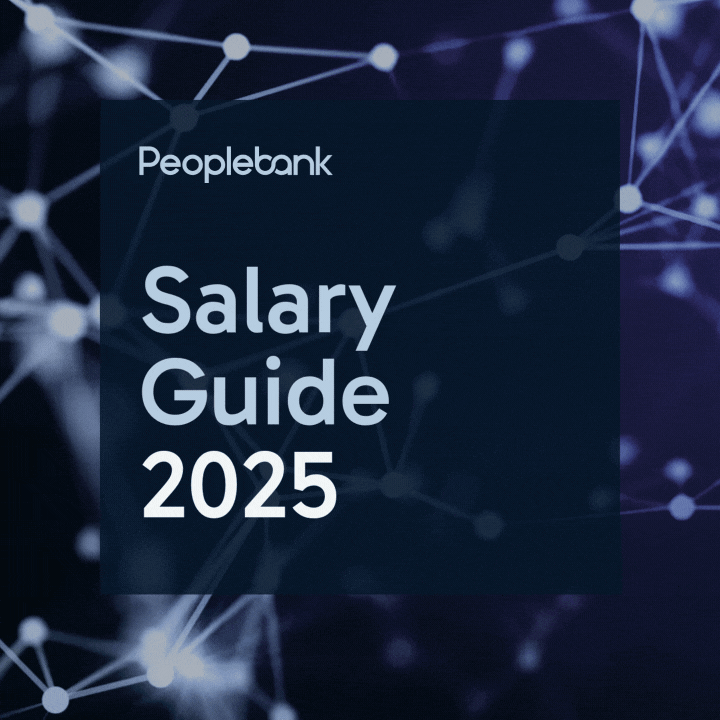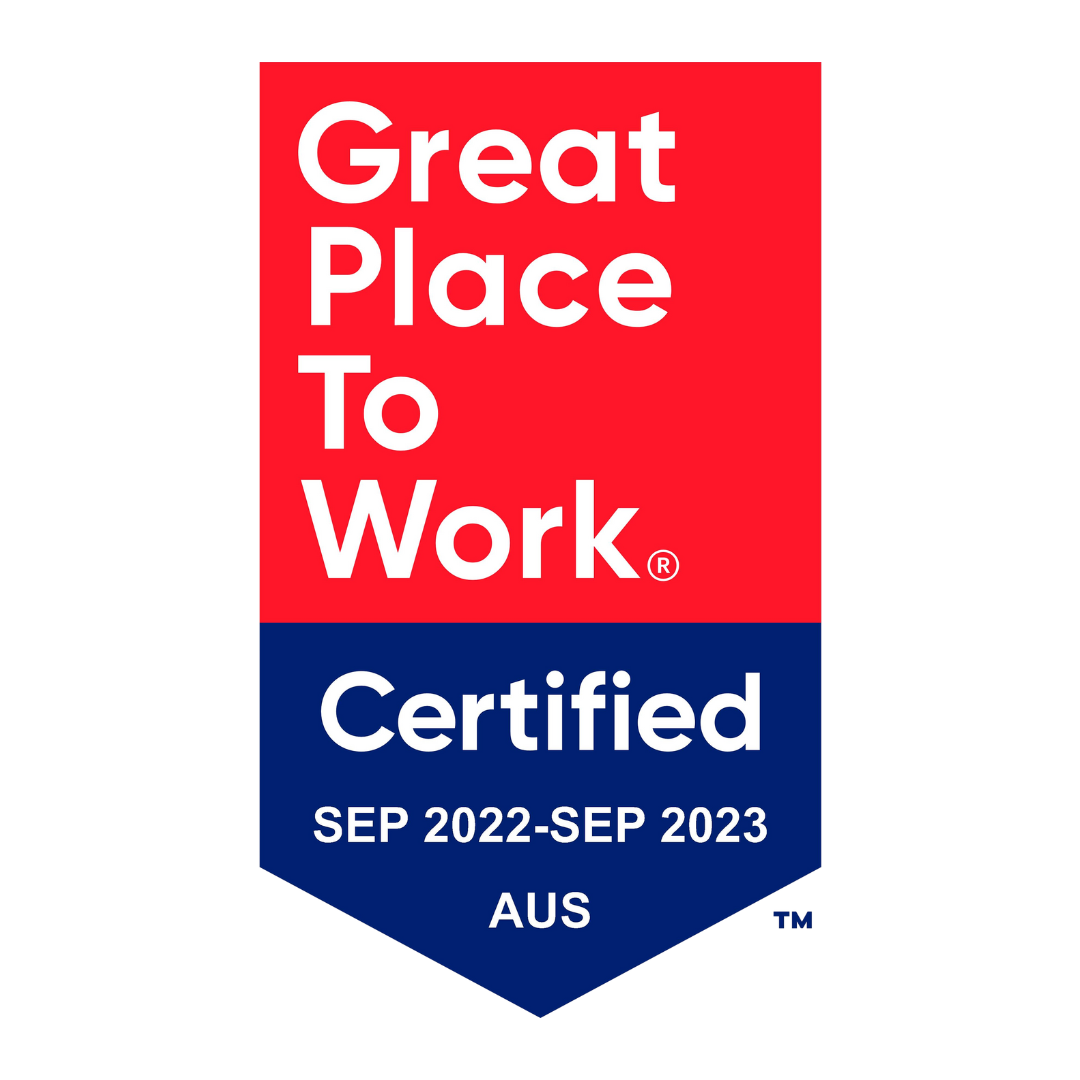How to be a Productive Leader - Using Body Language
When doing research for this article, I found some contradicting information. It was interesting to me what some people clarified as a good leader. There were articles that focused on body language that exerted dominance and ‘alpha’ mentality. Whereas other articles preferred to talk about body language that would be more inviting and personable. In my understanding, a good leader shouldn’t possess a superiority complex. However, even though I didn’t agree with the way some articles perceived good leaders, it inspired me to write about body language differently than initially intended.
Originally, I thought about body language that makes us appear strong and in charge and also how this kind of body language could be misinterpreted. Then I started to think about body language that creates productivity. To appear confident is one thing but to put that confidence into action is another. Let’s look at a few sides to the prominent body language that helps make us good leaders.
Smiling
The most interesting contradiction I came across was whether a good leader smiles more or less. There were a few articles that insisted smiling was a sign of submission and agreeance. In this case, a leader may want to keep more serious in situations where a negotiation is taking place. But what about in situations such as meetings, general interactions and discussions with staff? Other research showed me that smiling is a positive way to show leadership because it makes a leader more approachable. It also enhances rapport with others and can be contagious in the workplace which leads to a happy working environment. The key with using a smile as a form of powerful body language is to know when and when not to smile. It should go without saying that in a serious meeting, smiles won’t make a positive impact. But elsewhere, they will.

Nodding
Similarly to smiling, nodding is a type of body language that is polarising. In one essence, nodding too much can seem overly complicit. But not nodding at all can seem disinterested. If you want to seem like you are listening intently to someone it is wise to keep them prompted to go on with a few nods. It’s another case of learning when and when not to.
The hand shake
All around it seems that a firm handshake is a positive use of powerful body language. Touch is the most natural way to establish a connection with others. It enhances feelings of friendliness and exhibits interest in meeting others. The firmer the hand shake the better as it exerts your own strength and confidence.
Crossing our arms
I was always taught that it was rude to cross my arms in conversation with people because it makes me seem uninterested or closed off. A lot of research backed this up. But in business, this isn’t always the case. There are many reasons that people cross their arms, mostly because it is self-comforting and relieves anxiety. It can also be used as a power pose, similarly to puffing out our chests. Interestingly enough it can encourage problem solving – think of brainstorming meetings… how many people instinctively cross their arms and look up into their brains? But of course, it can be misinterpreted. Often, people will assume you are either uncomfortable or disconnected. In leadership, perhaps it is safer to avoid crossing your arms in conversation to avoid nonverbal miscommunication. Not crossing your arms can also be productive in encouraging collaboration. When your arms are up high, they play as a physical barrier which might make people feel like they can’t be open with you. When you have open body language people are more inclined to open up themselves and state their ideas.
Eye contact
Eye contact is agreeably something that every leader should have a good handle on. Looking into somebody’s eyes for too long can be interpreted as intimidating or aggressive. However, it is important to look into a peer’s eyes when they are talking to show that you are listening. Leaning forward, nodding, and tilting your head are other nonverbal ways to show you’re engaged and paying attention. Don’t let your phone distract you or flicker your eyes elsewhere constantly as you will appear disengaged. It’s important to hear people and it’s just as important to make sure they know you are listening. This will encourage participation in the workplace as people are more obliged to speak up if they know their words aren’t going in one ear and out the other.
Moving during public speaking
Some articles considered pacing as a symbol of being nervous and out of control. However, controlled steps (or paces) when public speaking is considered quite powerful. People are drawn to movement and will listen and follow you as you move. The same goes for hand gestures. These actions can bring a lively aspect to the topic of speech and encourage engagement. It also assists you to think clearer and speak more succinctly (avoiding those um’s and ah’s). Movement can also be particularly helpful in helping to make a point. For example, stepping forward during a speech to make a statement and then backward to change the subject. Or facing your hands downwards during conversation to indicate that you are firm in your opinion/decision.

Power stances
Power stances have been in debate since psychologist, Amy Cuddy, became famous for her TED talk on how ‘body language shapes who you are’. Studies were done elsewhere following those that Cuddy conducted which produced different results. These results didn’t flatter Cuddy’s conclusions. Given the study was conducted slightly differently, Cuddy remains a firm believer in her own research that power stances can provide people confidence and a feeling of power. Of course, we don’t walk around an office posing in powerful ways, talking to people with our hands on our hips (like Superman) or with our arms strong in the air. But Cuddy proposes we take these actions for about two minutes in private, perhaps before an interview or meeting which you are feeling insecure about. From Cuddy’s findings, holding a power pose for two minutes can change the way we think and feel about ourselves in a positive way. This can be productive in situations where you can’t build up the confidence you usually possess – or are having an off day and need a lift-me-up.
As you can see, body language can be interpreted in different ways and we never know how someone may understand our own movements. But as a leader, it is wise to be aware of the image we are portraying to our employees, clients and partners. Look at body language like a balancing act - we should always aim for productive body language that ensures employees are comfortable, but also remain firm enough so that a substantial level of respect is intact.

Be succinct
Keep it as short and refined as you can. Never go over one page. In fact, try to keep it to three paragraphs maximum. If you don’t know who to address then don’t address anybody, get straight into it. A hiring manager knows the document is for them. When proofreading and editing make sure there are no unnecessary sentences.
Now that you have the tools for a killer cover letter, here are some simple tips for a perfect resume.























